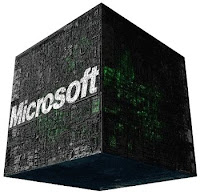Biggest #1 Tech Disappointment of 2007 - Vista

No Wow, No How. It's just that Vista isn't all that good. Many of the innovations the operating system was supposed to bring--like more efficient file and communications systems--got tossed overboard as Microsoft struggled to get the OS out the door, some three years after it was first promised . Despite its hefty hardware requirements, Vista is slower than XP . When it debuted last January, incompatibilities were rampant --in part because hardware and software makers didn't feel any urgency to revamp their products to work with the new OS. The user account controls that were supposed to make users feel safer just made them feel irritated. And at $399 ($299 upgrade) for Windows Ultimate, we couldn't help feeling more than a little gouged . No wonder so many users are clinging to XP like shipwrecked sailors to a life raft, while others who made the upgrade are switching back . And when the fastest Vista notebook PC World has ever tested is an Apple MacBook Pro , there...
















